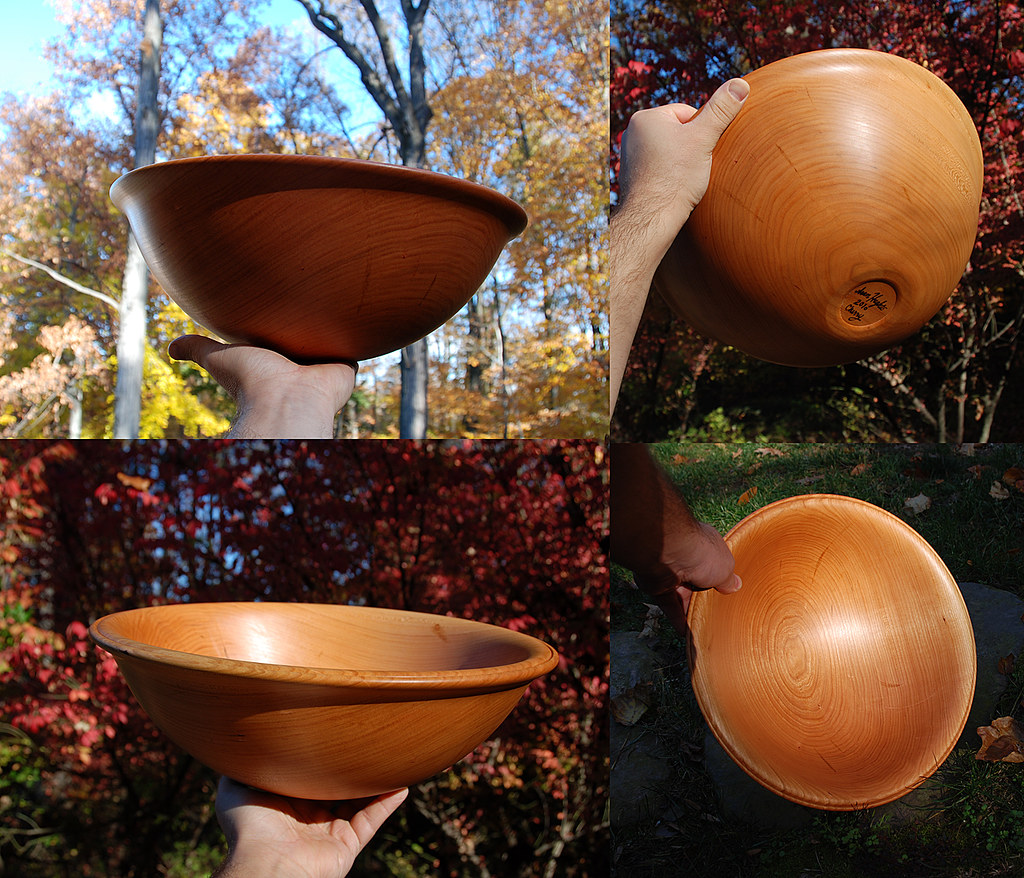I'm getting ready to start roughing out bowls from cherry logs that were cut and end-grain sealed three months ago. When I cut the log sections, I cut sections slightly longer than the diameter of the log, then split the section length-wise, removing the pith - so each log section yielded two pieces that are almost half-rounds, plus two quarter-sawn boards from the middle piece that contained the pith.
I am going to be coring bowls, and boiling them before putting up for some months to dry. Given these factors, does it make any difference (other than grain orientation on the finished bowl) whether the top of the bowl is from the side that faced the pith vs bark side? Of course, I get bigger bowls if the bark side is the base of the bowls.
I wouldn't have even given this a thought except I just finished reading one of Raffan's books, and in virtually all the photos of bowl blanks (his blanks were not half moon shaped, they were sections of cylinder) it looks as though he is orienting the blank so what was bark side becomes the top of the bowl...




 Reply With Quote
Reply With Quote






